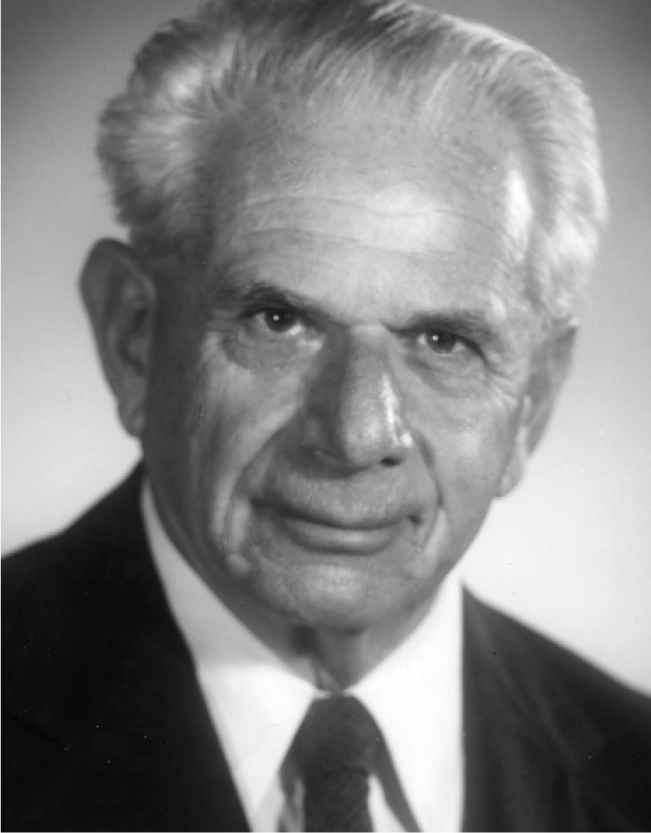Arnold Boris Arons
DOI: 10.1063/1.1420525
Arnold Boris Arons, an internationally recognized pioneer and leader in physics education and a professor emeritus of physics at the University of Washington, died suddenly of a heart attack at his home in Seattle on 28 February 2001.
Born on 23 November 1916 in Lincoln, Nebraska, Arnold grew up in New Jersey and received an ME degree in 1937 and an MS in chemistry in 1940, both from the Stevens Institute of Technology. He obtained his PhD in physical chemistry in 1943 from Harvard University, where he worked with E. Bright Wilson Jr on a study of shock waves produced by underwater explosions.
During World War II, Arnold was a group leader in the Underwater Explosion Research Laboratory at the Woods Hole Oceanographic Institution, beginning an association with Woods Hole that lasted throughout his lifetime. He was well known for his studies of abyssal oceanic circulation and cloud physics with Henry M. Stommel and Alfred H. Woodcock and for experimental and theoretical work on phase distortion of acoustic pulses reflected from the seabed.
In 1946, Arnold accepted a position as an assistant professor of physics at the Stevens Institute of Technology. He remained there until 1952, when he moved to Amherst College as a professor of physics. At Amherst, Arnold was widely known as a skilled teacher and was one of the subjects of a Time magazine cover story on education (6 May 1966). Recognizing the inadequacies of traditional physics instruction at the time, Arnold developed a calculus-based introductory course as the science component of a core curriculum required of all freshmen. Through his teaching, he brought to the course historical, philosophical, and humanistic perspectives. His first textbook, Development of Concepts of Physics (Addison-Wesley, 1965), grew out of this experience.
In 1968, Arnold was invited to join the faculty at the University of Washington, where he initiated an introductory physical sciences course for preservice elementary school teachers. From 1969 to 1975, he directed NSF summer institutes for in-service elementary school teachers. During this period, the program was expanded to include teachers of high-school physics. The work with teachers led to the establishment of the Physics Education Group at the University of Washington, widely known for its role in teacher education and its leadership in the field of physics education research. After his retirement in 1982, Arnold continued to lecture, conduct workshops, and write extensively on the teaching of physics.
Throughout his career, Arnold reflected on the intellectual challenges involved in learning physics, and he set exceptionally high standards for himself and his colleagues. He played a unique role in raising awareness that introductory physics courses are often ineffective in helping students develop conceptual understanding and scientific reasoning skills. Arnold maintained that it is necessary for faculty to listen carefully to students in order to be able to match instruction to the students’ evolving level of understanding. He was a strong proponent of Socratic dialogue as a means of promoting meaningful student learning.
Through his many articles and books, Arnold provided the physics community—and the educational community as a whole—with a permanent legacy of extraordinary quality. Especially through his books The Various Language: An Inquiry Approach to the Physical Sciences (Oxford U. Press, 1977) and A Guide to Introductory Physics Teaching (Wiley, 1990), Arnold had a strong influence on the development of innovative curricula and on the teaching of physics by individual faculty members.
In addition to his contributions to physics education, Arnold served the physics community in other important ways. From 1961 to 1968, he was the first editor of Resource Letters, a series that is periodically published in the American Journal of Physics. In 1967 and 1968, he was president of the American Association of Physics Teachers. AAPT awarded him its highest honor, the Oersted Medal, in 1973.
Arnold served on a number of national committees, including the NSF commission on college physics (1962-68). From 1963 until his death, he served the Woods Hole Oceanographic Institution in both active and honorary capacities as a member of the corporation or as a trustee. He also was a member of the American Institute of Physics governing board from 1966 to 1972.
Arnold read widely and his intellectual curiosity extended beyond physics. His keen mind and extraordinarily sharp memory enhanced his appreciation of the arts. He memorized reams of poetry that he could recite spontaneously. He greatly enjoyed music and spent many hours in art galleries. Arnold and his wife Jean loved to hike in the mountains. They traveled extensively in Europe, especially in England and Wales. Arnold would engage his friends with eloquent reports about his experiences. His presence, his guidance, and his thoughtful insights will be greatly missed.


More about the Authors
Lillian C. McDermott. University of Washington, Seattle, US.
Kenneth G. Wilson. The Ohio State University, Columbus, US.
E. Leonard Jossem. The Ohio State University, Columbus, US.
